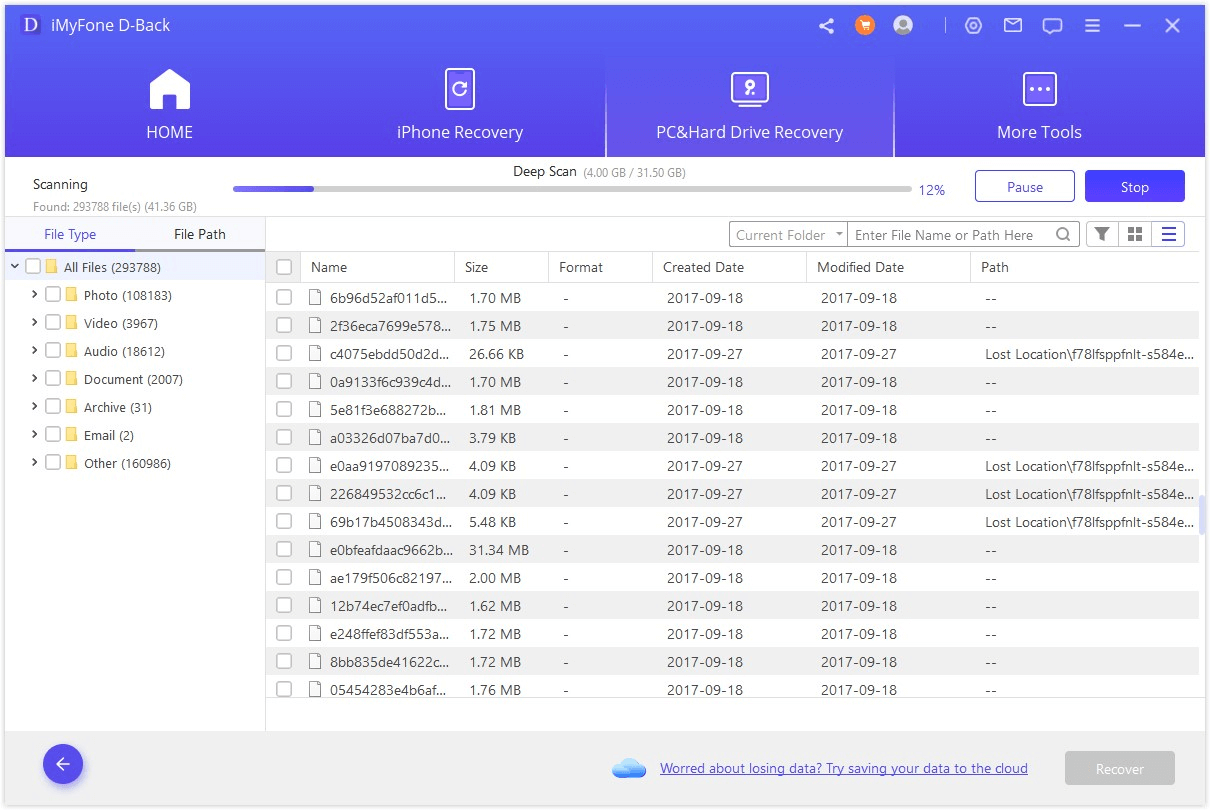Those who delve in computer and programming must have used Git before, especially if they need to keep track of their items' history. Unfortunately, there can be occasions when we accidentally delete a code from Git. If this happens to you, don't worry because this article will provide you with information on how to use Git and restore deleted file in Git before/after commit locally.
Table of Content [Hide]
Part 1. What Is Git?
As stated before, Git is an open source software that is used by developers to keep track of their items' changes. What makes Git special is how it can be used collaboratively within a team, and it can be used for various purposes. Whether it's support, data integrity, or nonlinear works – you can do them all using Git. The various usage of Git makes it perfect for some workspaces.
Unfortunately, there can be moments when we slipped and ended up deleting some codes from Git itself. But don't worry, because you can still restore the missing codes on Git, as this article will provide how to restore deleted files on Git.
Part 2. How to Restore Deleted Files in Git before/after Commit Locally for Different Scenarios
For using Git and knowing how to restore deleted file, there are different ways you can restore the deleted files on Git. It all depends on the scenarios that happened. Here are the scenarios and the solution for the said issues.
Scenario 1. Deletion without commit
There are occasions when developers deleted the files and didn't do any commit after the deletion. When this happens, you can use this code to restore the deleted files before commit:
$ GIT checkout HEAD < filename >
Once you've inserted this code, there's a big chance that your files can be recovered after it.
Scenario 2. Deletion with commit
What if you deleted the file and also committed to it? When this happens, you will have no choice but to do a hard reset by using the code below:
$ Git reset - -hard HEAD~1
Once you've done the reset, you'll be able to restore the system again. However, the changes you made after you commit might not be recorded, so you might not get them after the reset.
Scenario 3. Commit after deletiont
There are moments when you did more commits after deleting the file because you were unaware of the deletion. But worry not, because you can still search for the commit where you deleted the file by using this code:
$ Git log - - < filename >
After you use this code, you can use various methods to get the missing files. The first method is to use the submit that actually had the document before. If you want to use this method, you need to use this code:
$ Git checkout < commit hash > - - < filename >
Another method is to focus on the commit that deleted the file. You use this method by searching the document you used before the commit using this code:
$ Git checkout < deletion commit hash >~1 - - < filename >
Scenario 4. Deleted, committed, and pushed
If you've pushed the deletion, it will be hard to get the files again even if you reset the system. After all, the file has been revised because of the push. The best option for this scenario is to push a new submit. Here's the code you can use for the new submit:
$ Git revert - - no commit < commit >
Part 3. Restore a Deleted File in Git from Previous Commit with Git Recovery Tool
Using Git and knowing how to restore deleted file from previous commit locally can be a bit hard to do, especially for those who are not accustomed to the code. For an easier solution, you can opt using D-Back for PC.
D-Back for PC is a recovery tool that can be used to recover various like videos and WhatsApp chats. It is a great software because you get plenty of perks when it comes to file restoration, such as:
It is your best Windows data recovery software that can easily recover your lost MS Word documents from your PC. There are many other features; the best part is that it is extremely easy to use.
- Repair corrupted videos that has been recovered.
- Support more than 1000+ file types.
- Option to do partition recovery.
- Support different kinds of scenarios for file deletion.
Steps:
Using D-Back for PC makes recovering all your lost files on your PC extremely easy. The process is very simple, and you only have to follow these 3 simple steps.
Step 1.Launch the software and choose the location for recovering data.

Step 2.Now you can start scan the selected location.

Step 3.Select the files you want to recover. You can toggle tile type and file path for deep search.

Step 4.Preview the file to ensure you selected the right files. Finally click recover to start the recovery process.
Conclusion
You can restore a deleted file on Git before/after commit locally using codes, but it can be a hassle especially if you're in a hurry. For easier recovery, you can use D-Back for PCs where the search is automated. All you need to do is click some things, and you're done!

















 March 29, 2023
March 29, 2023
